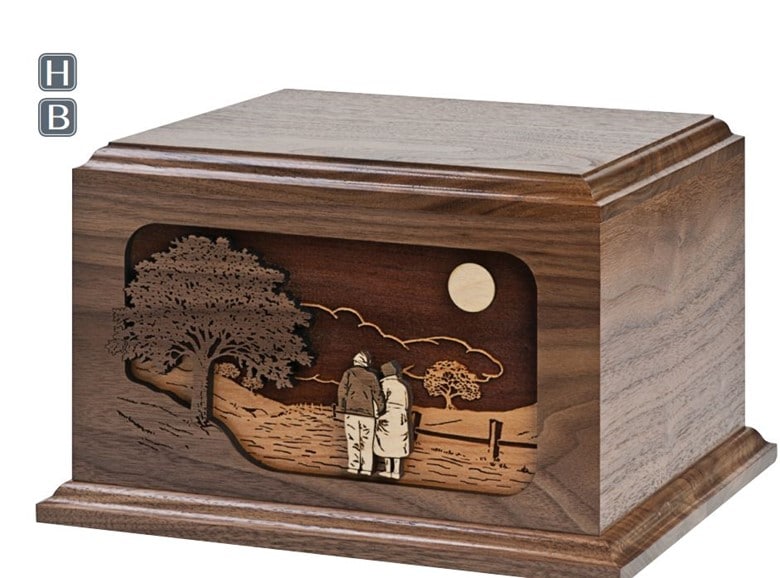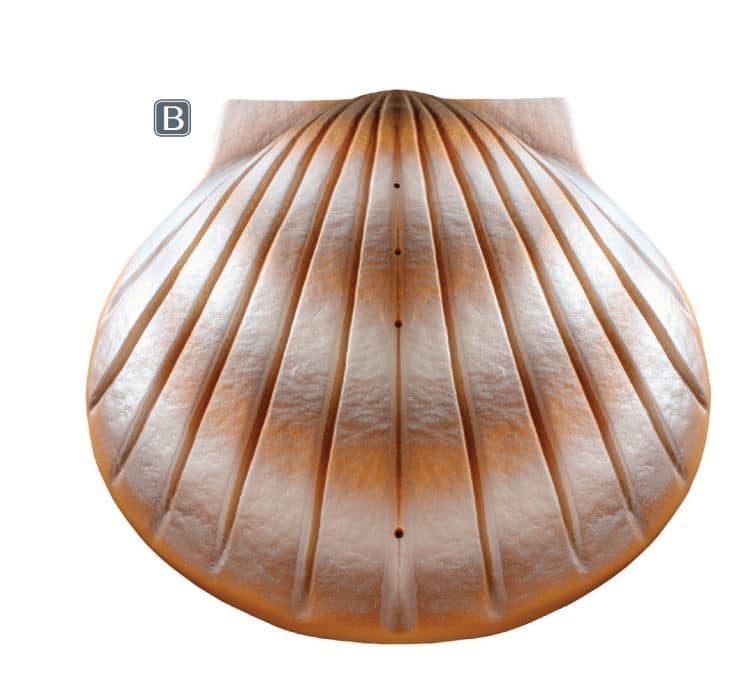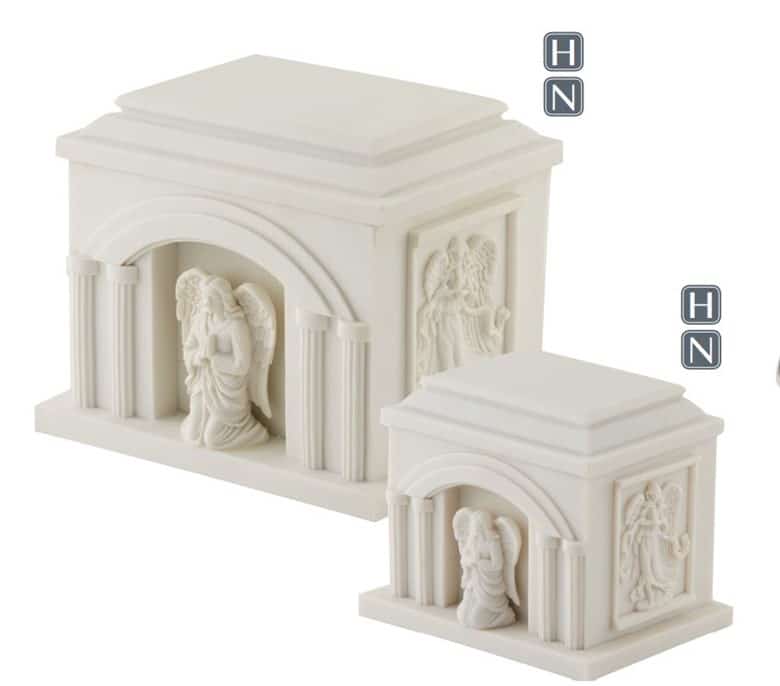
What to Know About Choosing a Cremation Urn
Feature image credit: Cast Bronze “Sarcophagus” (Matthews Aurora Funeral Solutions)
Cremation urns have come a long way from the days of ornate, claw-footed brass urns with intricate gothic carvings.
Today, there are myriad choices to select from, in a variety of materials, styles, colors, and themes. There are urns for nature lovers, sports fans, veterans, and more. Was your loved one a firefighter, doctor, police officer, teacher? There’s an urn for that, too.
With cremation increasingly on the rise, you may someday find yourself choosing an urn for a loved one. So, how do you select just the right urn, the one that best commemorates who the person was? First ask yourself: how do you intend to use the urn?
Determine What the Urn Will Be Used For
The process of selecting an urn is similar to that of choosing a casket. Composition, color, design, and costs are all considerations. But with an urn there are additional factors to consider.
Will it be a temporary repository to be used for a memorial service or until the cremated remains (a/k/a cremains or ashes) are scattered? Will the urn be buried? Placed permanently in a columbarium? Or will the urn be kept at home and displayed?
Design and Personalization
Urns are available in a variety of materials: metal, wood, bronze, marble, ceramic, cloisonné, alabaster, and stone. They can also be crafted from pulp, sand, and bamboo.
Thereare urns in the shape of standard vases, hearts, books, and even teddy bears. Ornamentations can reflect the hobbies, favorite places, or prized possessions of your loved one. They can include American flags, lighthouses, seashores, butterflies, birds, and baseballs.
Religious motifs – Christian crosses, angels, praying hands – are also popular, as are memory chests, which can hold cremains along with a few mementos.
Most urns can be further customized with the name and dates of the deceased. And some can even display a photo.
While certain urns rise almost to the level of works of art, others have dual functions, such as mantel clocks, birdbaths, and sundials.
Price Range
You should also be aware that urns come in a wide range of prices, depending on the composition. Some keepsake urns sell for under a hundred dollars, while other full-sized models can rival the cost of an average casket.
Funeral director George Luhring of Village Chapels in Middle Village, New York, wonders why people sometimes do not make a more major investment when purchasing an urn. “It is something you see every day. Your loved one is in there,” he said. “It is essentially a person’s final home.”
In fact, urns have longevity and are often passed down through generations.
Size Matters

The size of the columbarium niche, that is.
If an urn is to be placed in a columbarium (an indoor or outdoor above-ground structure containing niches for urns) it’s wise to check the dimensions of the niche.
At St. Michael’s Cemetery in Queens, New York, a single glass front niche measures 12” by 12” and a double 12” by 18”. Their granite niches vary in size from 9” to 12” in height, with a width that approximates the height, according to memorial counselor Nicholas Papamichael.
“We try to make them a square,” he said.
An often-asked question is whether all the cremated remains of an individual will fit into a standard-size urn, which generally has an interior capacity of 200 cubic inches.
“Rarely have I seen cremains not fitting in an urn,” said Papamichael.
Just in case, the Matthews Aurora Funeral Solutions I’ll Remember You® urn collection offers a number of urns with a larger interior capacity.
And speaking of size, companion urns, designed to hold the cremated remains of two adults, are available.
Scattering and Green Burial

For those who intend to scatter the cremains, there are biodegradable urns specially made for that purpose. Some, such as durable cardboard scattering tubes, are designed to facilitate scattering. Matthews Aurora also offers “Earthurn,” a biodegradable urn that can be used for ground or water burial.
One of the most popular urns for water burial is the Himalayan salt urn, designed to float briefly on the water’s surface before dissolving as it descends below. Other eco-friendly beach-themed options are available in the shape of shells and sand dollars.
Keepsake Urns

Keepsake urns are smaller in size than an average urn and designed for the purpose of sharing cremated remains between loved ones. They are also useful for those who intend to scatter the bulk of the cremated remains, but also want to retain a small portion.
What type of urn would you consider for your final resting place? What prompted that choice? Let’s have a conversation!
Tags End of Life Planning






